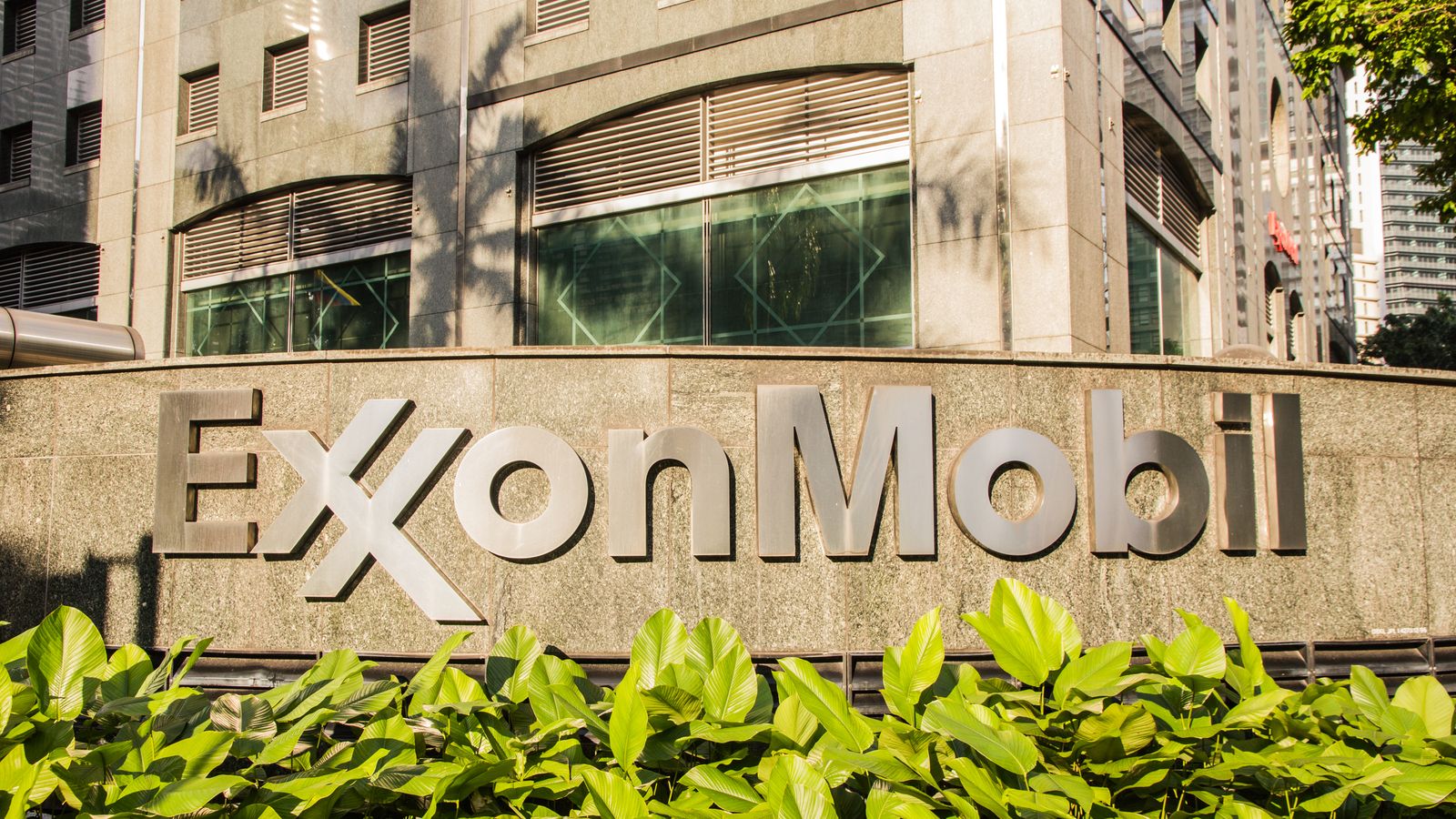There aren’t a lot of stocks in this market still trading near March lows. But Exxon Mobil (NYSE:XOM) is one of them. Why has it taken so long for XOM stock to pick itself up?

Exxon has rallied 11% from its lowest level in March. But even that understates the case. If you exclude four trading sessions that month — when the stock market was in an absolute selling frenzy — XOM stock is only a couple of percentage points off its 2020 low. In fact, it’s only a couple of percentage points off a 17-year low.
That might seem like a buying opportunity. Exxon Mobil isn’t going bankrupt. Also, its dividend yields a staggering 10%. In contrast, the 10-year Treasury bond offers less than 1%. Exxon would seem to be a chance to buy low and sell high — a value investor’s dream, right?
Well, it could just as easily prove to be a nightmare. The company has significant problems both near-term and long-term. While the fundamentals do look tempting, they may not even last. Exxon is not struggling because the market isn’t paying attention — it’s struggling because the market is.
XOM Stock Has Attractive Fundamentals
After the sell-off, Exxon does look promisingly cheap from a couple of angles. The company’s dividend yields over 10%, and XOM now trades at about 80% of its book value.
At the beginning of the year, Exxon’s yield was half as much. And XOM stock historically traded for 2 times book or more until recently.
Using those two metrics, an investor could construct a fundamental case for the company. If Exxon reclaims its past yield and price-to-book multiple, the stock would at least double. Even reasonable but still-soft metrics of 1 times book and a 7% to 8% yield would drive total returns — including the dividend — over 30%.
On a profit basis, XOM certainly doesn’t look cheap, at 23 times next year’s consensus earnings per share estimate. But higher crude prices and cost-cutting ostensibly could fix that problem.
Given Exxon’s history, the fundamentals look extraordinarily attractive. But there is a big catch.
How Long Will It Last?
The problem is that the two fundamental metrics that make Exxon look cheap are going to change.
The most obvious is the dividend yield. To be fair, Exxon management has insisted that the dividend is safe. Between lower expenses and lower capital spending, Exxon believes it can find the cash to support the payout.
However, the fact that XOM stock is yielding over 10% itself proves how skeptical the market is, and with good reason. Even before the pandemic, Exxon was barely funding its dividend. Free cash flow from 2017 to 2019 totaled about $40 billion. Cash dividend payments over the same period were $41.5 billion.
A big spike in capital spending last year admittedly skews the figures a bit. And Exxon Mobil, as noted, will pull back on that spending.
But operating cash flow is going to plunge as well, thanks to lower crude prices. In 2019 — per Exxon’s Form 10-K filed with the U.S. Securities and Exchange Commission — the average price per barrel in the U.S. was $54.41. West Texas Intermediate crude now trades between $40 and $45. As long as that holds, the Exxon dividend probably won’t.
Book value is likely to take a hit, too. Property, plant and equipment total far more than the $42 per share book value. Lower oil prices will probably lead to acreage being written down or written off.
All told, the stock looks cheap now. But looking forward — whether to earnings, a likely lower dividend, or net assets — it seems far less enticing.
Management Worries
Even with these concerns, it’s also only fair to note there are two paths to an upside for XOM stock.
Most obviously, higher crude prices can boost earnings in a hurry. But I’m skeptical. It’s clear by the market’s treatment of electric vehicle (EV) stocks — and not just EV manufacturers — that a revolution is on the way.
Now, accelerated EV adoption doesn’t mean the end of crude. Internal combustion engines will be around a long time, and Exxon itself has a large chemicals business as well. But lower incremental demand usually means lower prices — unless production is cut.
And it hardly seems likely that production will be cut. The U.S. shale industry, in particular, promised after the 2015-2016 bust that it had learned its lesson about taking the long view and not overproducing. Four years later, oil futures went negative (if briefly) because there was literally nowhere left to store oil.
Even that ignores the fact that XOM is not that strong of a play on crude price. Oil bulls should be betting on smaller, more leveraged producers who don’t have the internal hedges created by Exxon’s midstream and chemicals units.
The other path is for Exxon management to thread the needle, cutting costs without sacrificing growth. I’m skeptical on this, too. The stock has badly underperformed its integrated peers over the last decade. Acquisitions have not worked out. Exxon was also late to shale, and then spent too much trying to catch up. At this point, it’s hard to have faith in the company’s agility.
The World Has Changed
But the core problem with viewing XOM stock as cheap or a high-quality, oversold name is that the world has simply changed. One incredible fact about Exxon actually highlights just how much.
As recently as 2013, Exxon was the world’s most valuable company. Now it’s not even in the top 50 anymore.
Obviously, that change is partly due to Exxon’s fall in value. But it’s mostly driven by the massive increases in value in so many other companies, particularly in tech.
Investors are paying up for those companies because they have bright futures full of growth. They’ve sold XOM off because it doesn’t. And I don’t believe those investors are wrong.
On the date of publication, neither Matt McCall nor the InvestorPlace Research Staff member primarily responsible for this article held (either directly or indirectly) any positions in the securities mentioned in the article.
Matthew McCall left Wall Street to actually help investors — by getting them into the world’s biggest, most revolutionary trends BEFORE anyone else. Click here to see what Matt has up his sleeve now.
